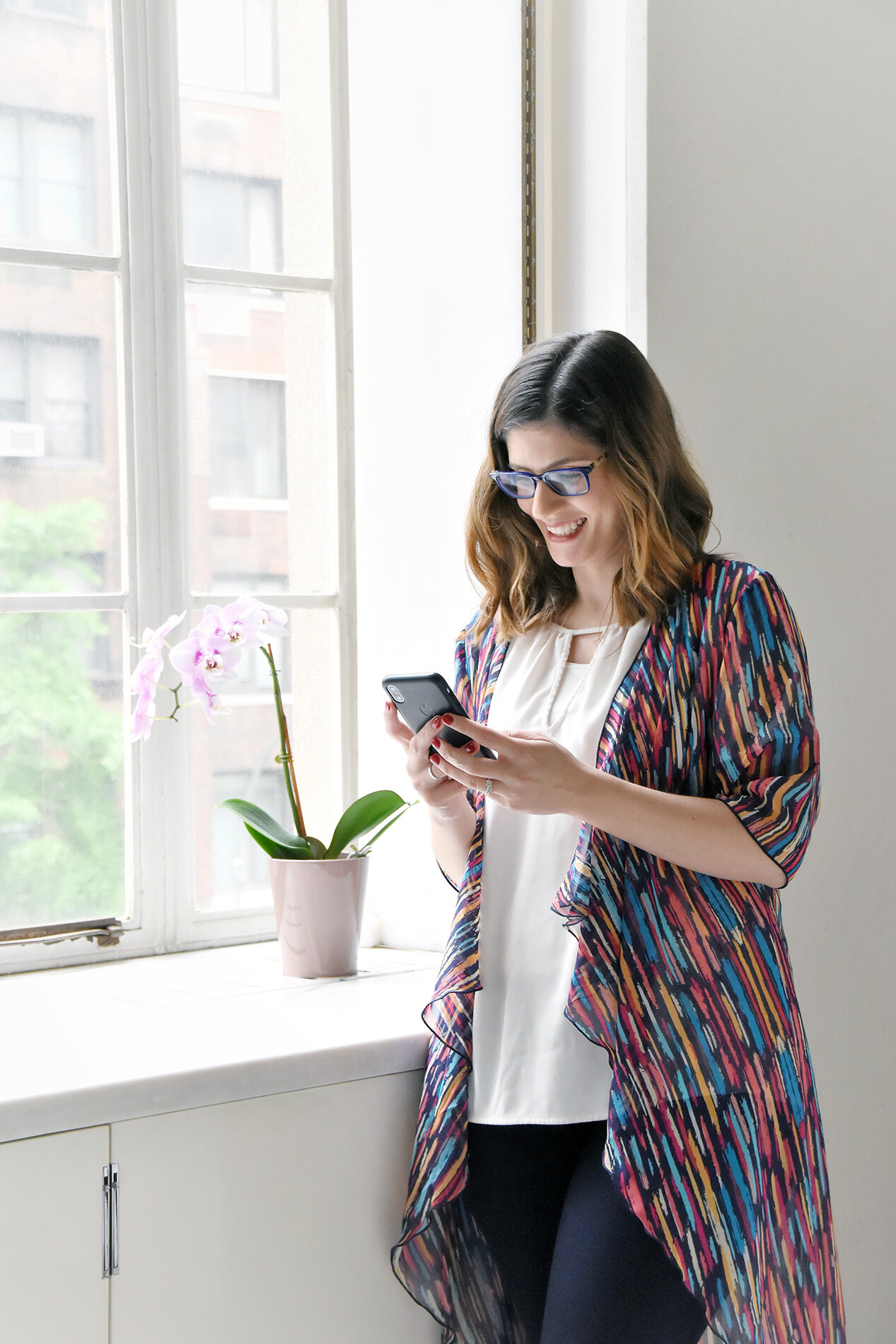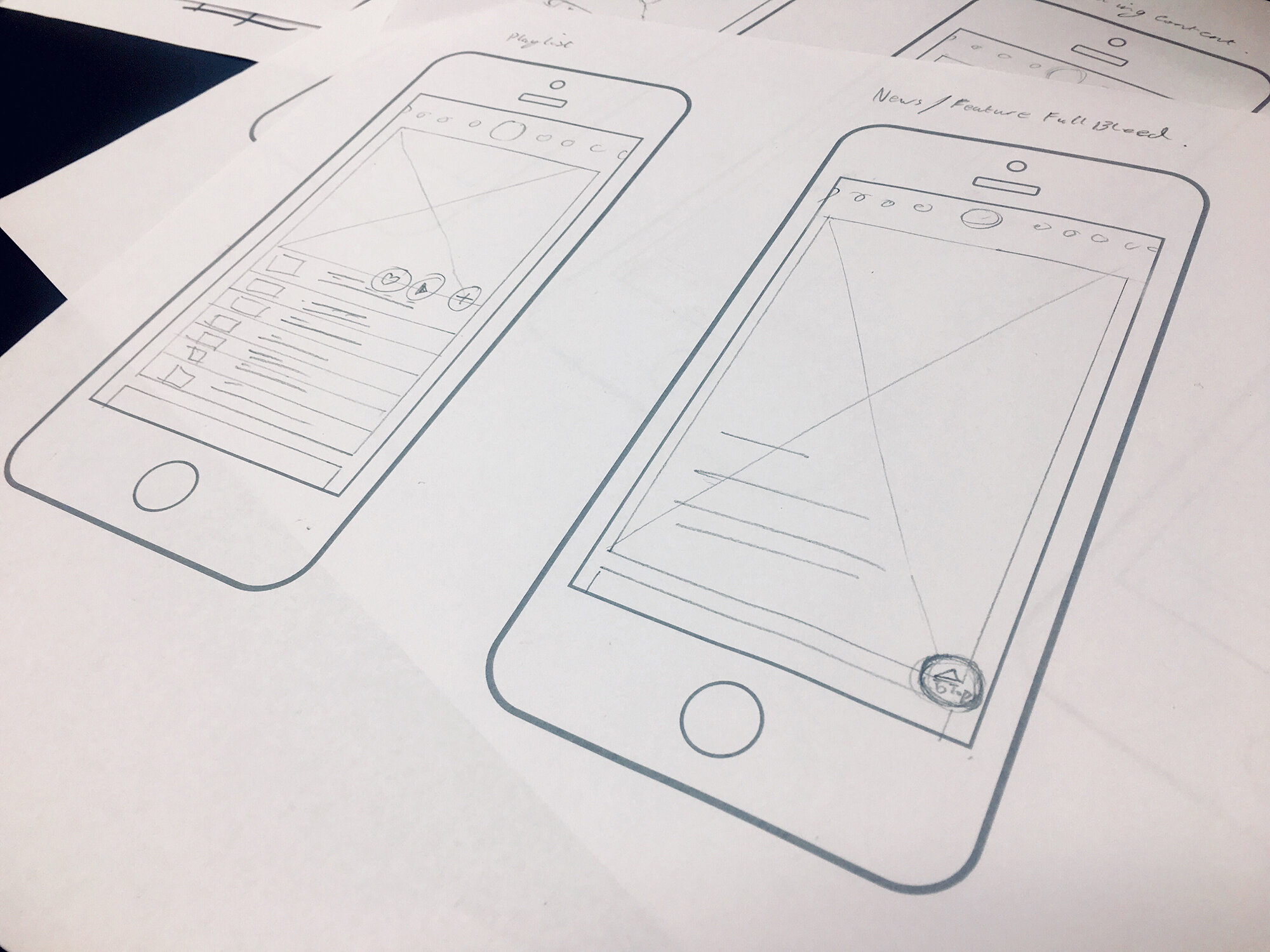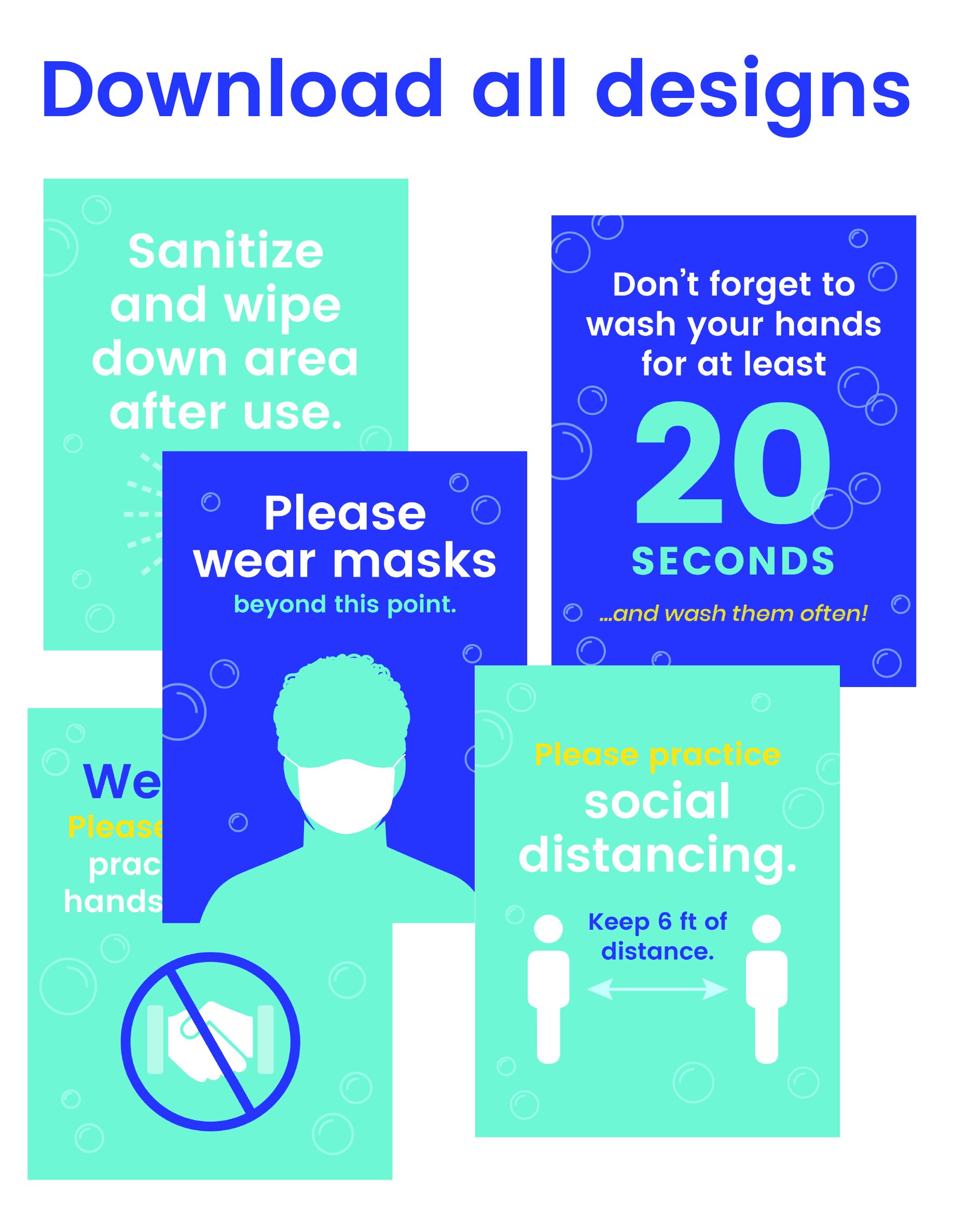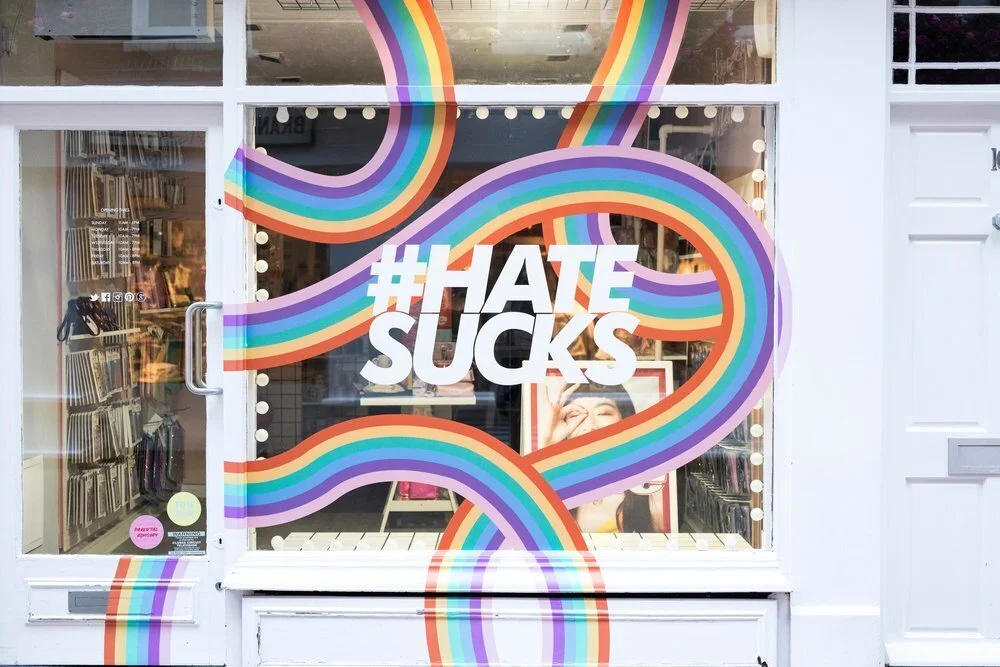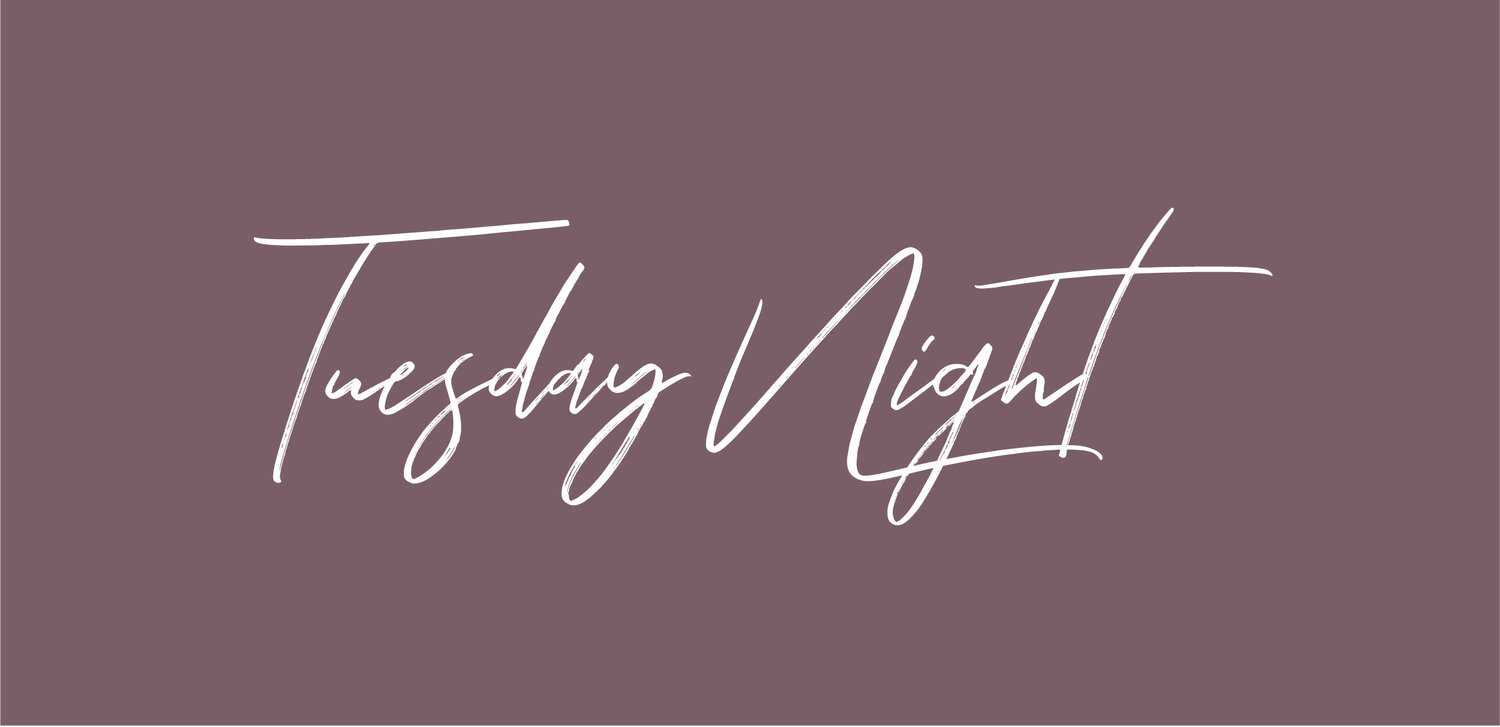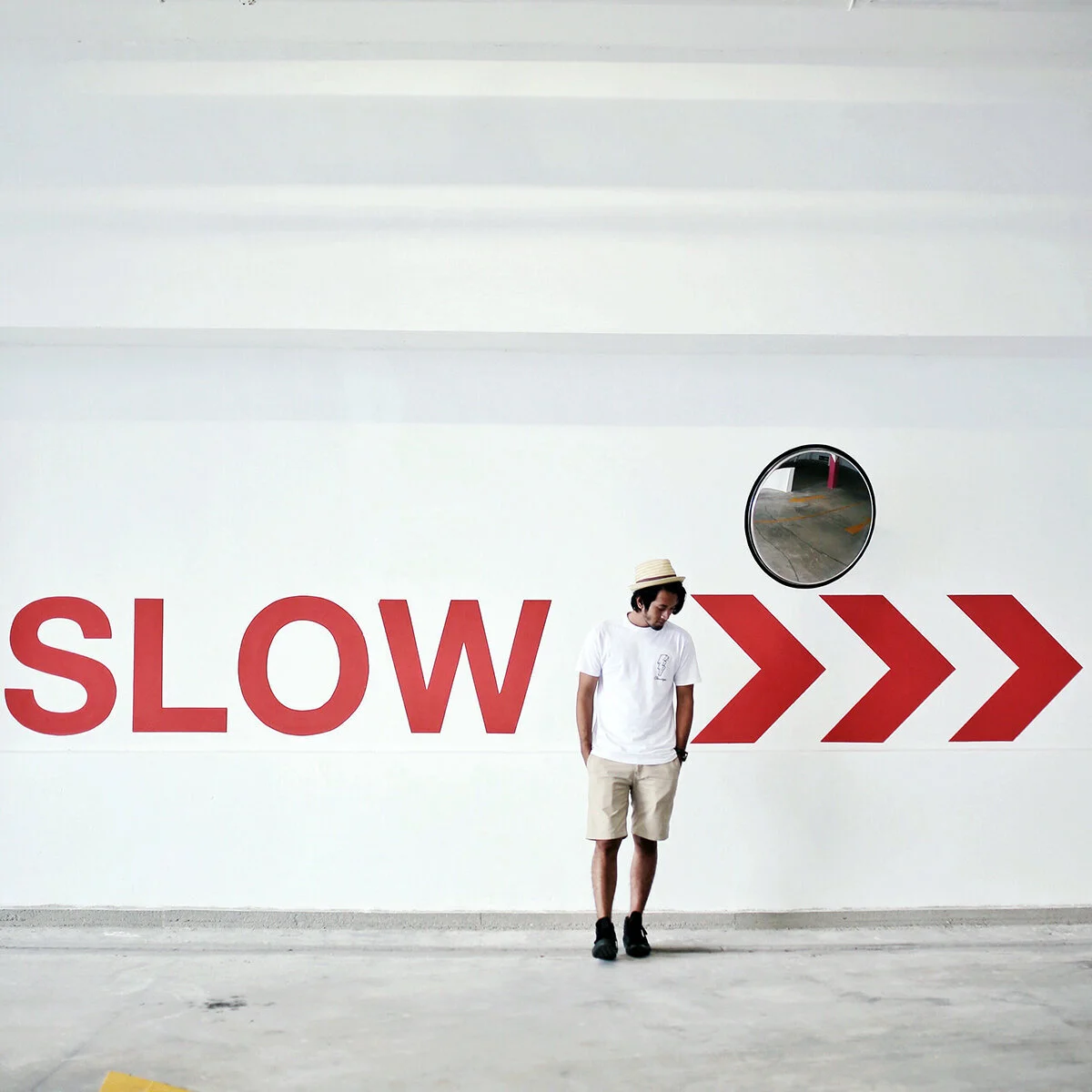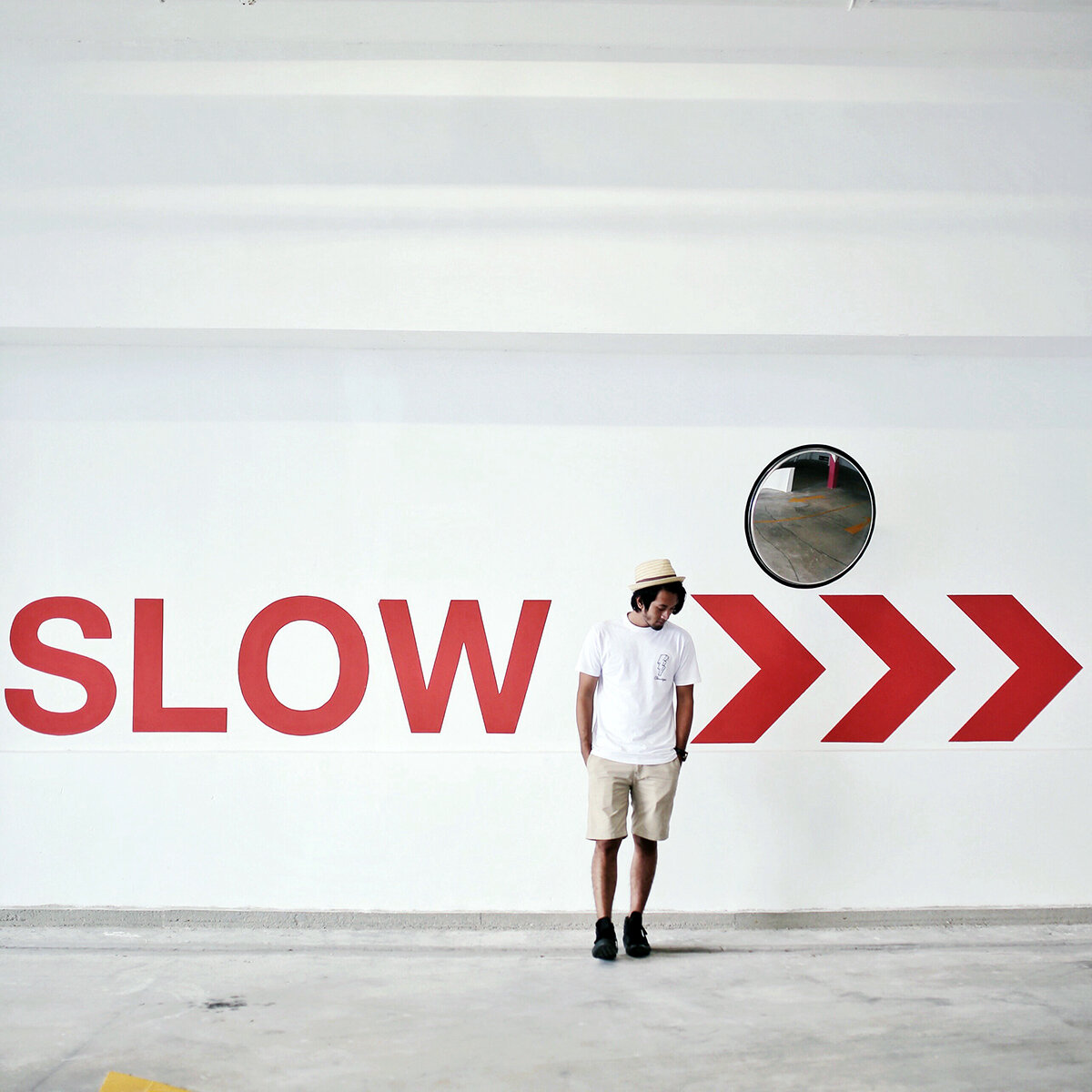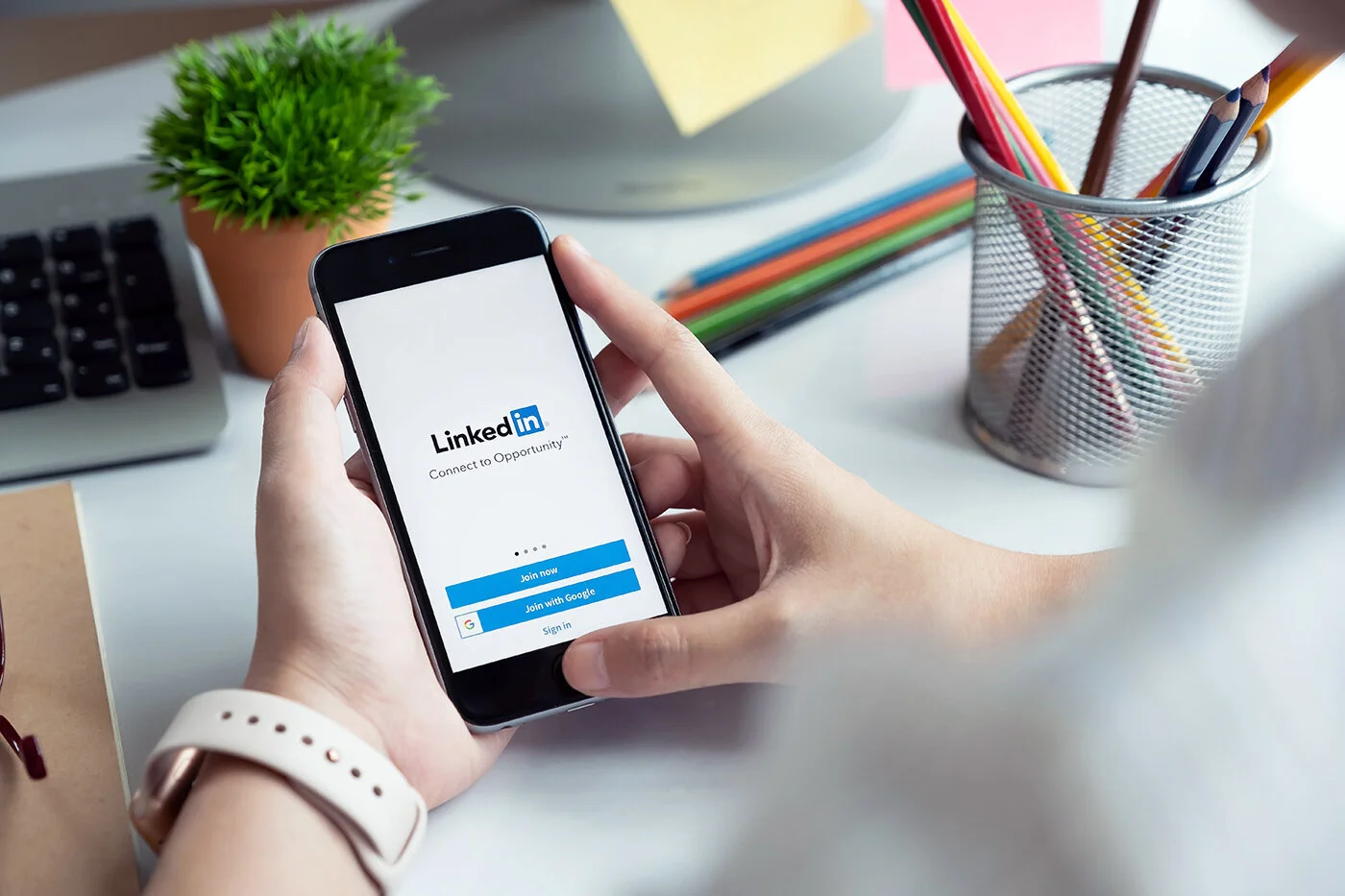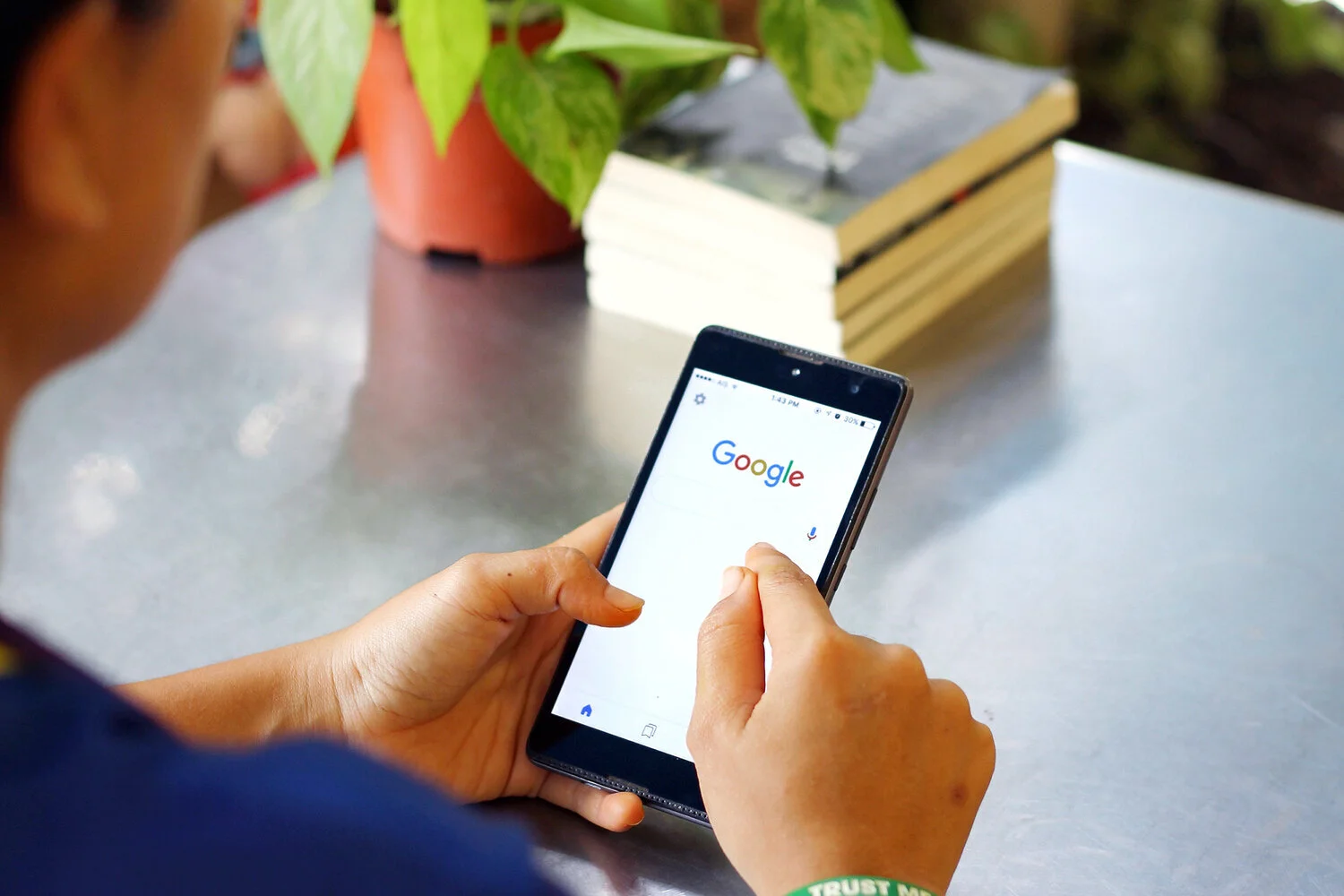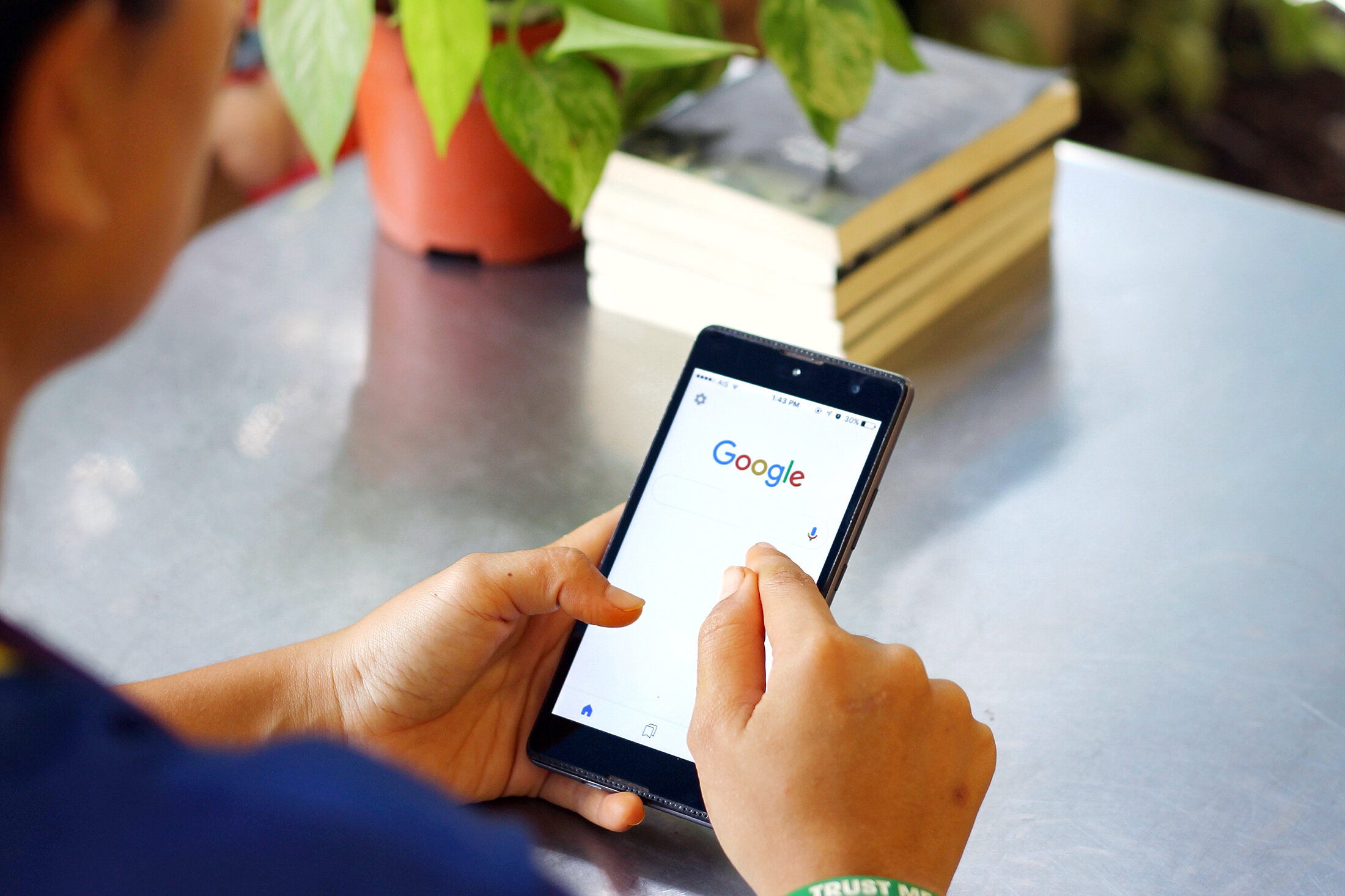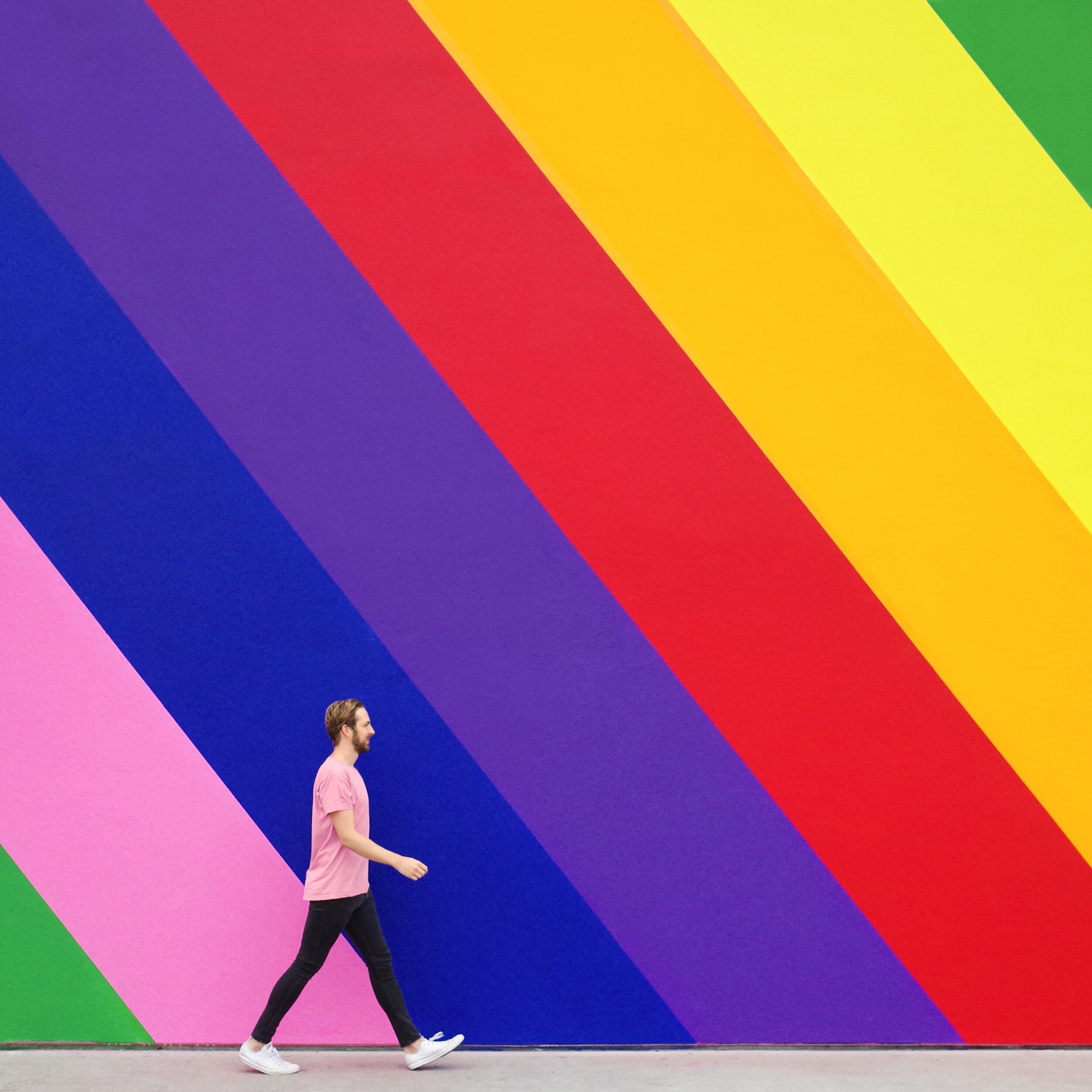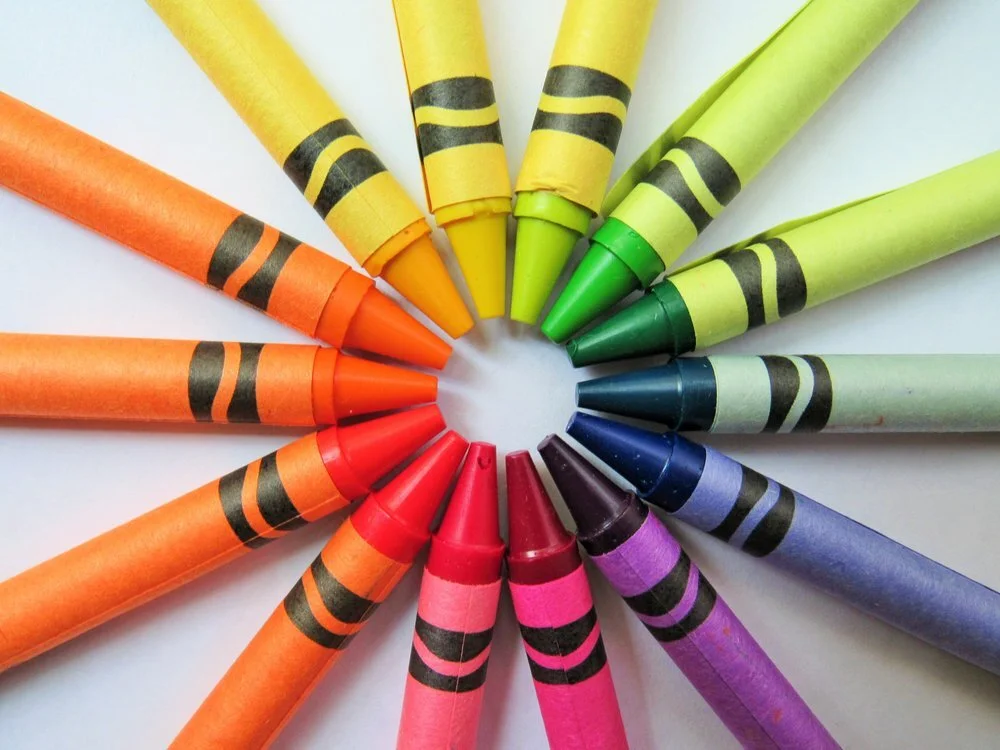After two tumultuous years of the pandemic impacting everything from digital marketing to supply chains, it’s an important year to strategize how to reach your marketing goals for 2022. Having a sound marketing strategy will allow you to build in flexibility, plan for the unexpected, and tackle what might be yet another turbulent year.
Planning is key for handling both the known and the unknown – and as you begin to tackle your 2022 planning, we suggest you leave yourself a discretionary marketing budget and build in additional time to tweak customer-facing collateral. Leaving yourself more timeline flexibility than usual will allow your team to do their best work even in the face of employee shortages, changing COVID event guidelines, and more.
To kick off the planning process for 2022, we suggest you start gathering key information about your marketing performance in the last year. Gather key stats on social reach, conversion rates, best-selling products, sales metrics email opens, contact list growth, and web traffic.
Once you’ve gathered your key statistics and have a holistic overview of the past year, it’s time to start defining where you want to go in 2022. Looking back at last year’s goals is a great starting point. If you set goals for 2021, did you reach them? If so, how much did you exceed them? Were your goals set too low or high? Or did they feel just right?
Armed with the knowledge of what worked in 2021 -- and what didn’t -- it’s time to dive into planning for the future. These 5 questions will help you guide your planning for campaigns, budget, and timeline.
1. How do my high-level marketing objectives fit in with the rest of the organization?
When it comes to your goals for 2021, what were you trying to achieve beyond specific click rates or open rates? Were your goals tied to sales, reach, brand awareness, or something else altogether? Let the bottom line, sales teams, and business objectives help guide the goals you set. Ultimately, this will lead to more strategic marketing – and cooperation between different arms of the business is what leads to a high-quality customer experience.
If your marketing department has been operating in a silo, it’s time to invite other team members to the table to start learning from each other.
2. What return am I seeing on my current marketing efforts?
Going back to the information you gathered, it’s time to examine what channels and campaigns have given you the best return on investment in the last year. Should you shift the budget to another channel? Are these mediums or campaigns things you should consider retiring?
Ask yourself what you want to maintain in the next year and what needs to be reworked or eliminated. Are there certain social media channels you feel like you have to maintain… but that aren’t getting any traction? Your time and budget are limited, and if something truly isn’t working, don’t be afraid to walk away or pare down your efforts. For example, if your Instagram posts aren’t showing any results, we encourage you to consider cutting back from 3-4 posts/week to once a week.
In addition to examining the channels themselves, this is also a great opportunity to examine the content you’re posting on them. Having clarity around the messaging and campaigns you want to use again, or refresh, will keep your team on the same page and ensure that there’s no confusion when everyone hits the ground running post-holidays.
3. When will I check in on my marketing plan?
As important as setting goals, checking in on your goals to track progress is a key component of a successful strategy. We suggest setting short, quarterly check-ins to assess your 2022 goals and their progress.
Use these check-ins as an opportunity to help you stay on track, as a chance to retool if something isn’t working, or as a time to modify goals if the organization’s objectives have shifted. We suggest scheduling out all four (or more) of these check-ins by January so your team can schedule around them and ensure they’re in the office on those days. Make these check-ins non-negotiable and don’t push them down the calendar if you run into a busy week.
4. What sales and specials will I offer throughout the year?
Pivoting from budget and big picture messaging, it’s also important to use your 2022 planning session as an opportunity to properly plan your marketing timeline. Think through what sales and campaigns you want to offer throughout the year – and then plan backward to determine when the development needs to start for each.
Planning properly means having time to make extra revisions, strategize on copy, and hire outside parties as needed – all while still completing a project on time. Building in wiggle room and having a big picture timeline will lead to less stress for your team and a higher-quality product.
5. What contractors or outside vendors do I plan to work with?
Tip: Make sure your existing contractors have shared their updated yearly rates and that you’ve updated your database to reflect these changes.
What’s your yearly budget for paying contractors or outside vendors? Are there new projects you’ll be needing help with this year? In 2021, did you get in a pinch because of inadequate planning and blow this line item of your budget completely? Look at the role of outside vendors in your marketing strategy and examine how you want things to go in 2022.
We suggest having a database of go-to contractors you can reach out too. The database should include details on their services, average turnaround time, rates, their strengths and any issues you’ve run into in the past with each person.
If your database is looking a little thin, now is the time to start looking for new partners and interviewing potential candidates. Don’t wait until a project is due to start initiating a new relationship with someone.
Those are our top 5 tips to help kickstart your 2022 marketing! For more helpful resources, we would suggest these posts:
HUE & TONE CREATIVE: YOUR DIGITAL MARKETING PARTNER
Need a partner to help you set milestones for 2022 and beyond? We’ll help you develop a plan with a clear structure, sound business goals, and beautiful graphics. Ready to get started? Let’s set up a free 20 minute consultation to get to know each other. Make an appointment here.























